Motor fuel is the forecourt retailer’s key commodity, and with margins so tight it is crucial that none is ‘lost’ unnecessarily. However, wet-stock loss remains a real problem for most petrol retailers with issues such as leaks, vapour loss and even faulty equipment meaning there can be large variances between the fuel the retailer buys in and the amount that is sold.
According to Ray Holloway of the PRA, the biggest issue retailers face when it comes to wet stock is delivery-day loss. “Delivery-day losses is where most wet-stock loss occurs,” says Holloway. Delivery loss can occur in several ways, such as tanker loading; meter verification; tanker unloading; vapour displacement; contraction; leaks from off-set fills and direct fills, all of which can mean a retailer signs for less fuel than he’s actually received.
The problem, Holloway says, is there is no way the retailer can verify that what he has paid for is what he has received. “There is no system in place that actually protects the retailer in the purchase of fuel to receive a guaranteed quantity against the order placed,” he says, adding: “This lack of measurement protocol is why retailers become disadvantaged. If it was to be eradicated it would put finances back in the hands of retailers who are losing it unfairly.”
The PRA has an ongoing campaign to resolve delivery-day loss. Holloway says it is making progress, although because it is a complex campaign details are currently being kept under wraps, although Holloway thinks that ultimately the oil companies’ practice needs to change. “We can’t take the oil companies to court over this so we are working on an alternative,” he says.
Until the law or industry practice changes, it remains up to retailers to ensure they track their fuel as accurately as possible. Retailer David Charman, owner of Parkfoot Garage in West Malling in Kent, has taken a proactive approach and believes that the more information you have at your disposal, the more power you have to confront oil companies, if you think you are losing fuel at the delivery point. “The key to confronting your supplier is that you need proper information and until you have that you’re not in a position to approach them,” he says.
Billy Tank, managing director of retail petroleum and convenience solutions for Torex Retail, agrees there is much the retailers can do to help themselves. He says: “Wet-stock variances are the biggest issue for retailers, but they can employ the tools to identify where losses are occurring so they can act to halt and prevent them.”
He continues: “More retailers are understanding that they need to monitor delivery. Hot fuel is top of the agenda as far as deliveries are concerned, especially with the hot weather we’ve had. Some retailers have been getting deliveries at 38ºC for example, but a delivery of just one degree above the 15ºC standard will result in considerable losses for the retailer. A few retailers, though, have managed to get a standard accounting allowance (STA) from their supplier so that if the delivery is not 15ºC then they receive an allowance.” Again, the crucial point here is that the more information the retailer has, the better.
In addition, Tank says that tracking fuel loss at delivery means retailers can then account for it and know that wet-stock loss is not due to a leak elsewhere in the system. “Retailers need to understand each element so that if they are losing at delivery they can account for that and know that it’s not being lost further down the chain,” he says. Furthermore, Tank points out that today’s wet-stock control technology has the ability to tell retailers exactly where in the chain there is a loss of fuel. “For example, Torex’s Prism back-office management system will highlight over-dispensing, so the retailer can get the nozzle realigned,” he says.
THIRD-PARTY HELP
As technology becomes so advanced – and retailers become increasingly specialised in the shop side of the business – more and more retailers are opting for a fuel monitoring service, which involves handing over wet-stock control to a third party.
“Torex Retail’s wet-stock monitoring service will highlight leaks in pipes and tanks and also hot fuel,” says Torex Retail’s Billy Tank, adding: “We talk to the tank gauge every 20 minutes to get an accurate, real-time picture. Retailers used to check gauges once a week but now they need to check gauges all the time, which is why more and more retailers – particularly the proactive dealers – are opting for a monitoring service.”
Retailer David Charman agrees. He says: “You have to spend money to have some of the new systems. Along with most retailers I monitor fuel on a 24-hour basis, but I believe we need to move away from that to a real-time recording of fuel in and fuel out. The enormous advantage to this is that it will finally tell you where the problem is – for example, which particular nozzle rather than just which tank – and it will tell you much more quickly.”
Gilbarco Veeder-Root agrees that the more frequently information is taken from tank gauges the more accurate the picture will be and the easier it is to identify where losses have occurred. Rick Bardsley, product manager, environmental systems, says: “Testing for leaks by regularly analysing tank inventory data has become more prevalent – generically known as Statistical Inventory Reconciliation or SIR. Daily reconciliation to record variances of throughput is common practice and can be done with even basic tank gauges or dipsticks. But basic reconciliation can only pick up larger or sudden losses, when the damage may already have been done.
“Certain tank gauge systems offer enhanced reconciliation. For example, the TLS-350R can reconcile sales against tank movements on an hourly basis and will automatically alert the operator if a variance threshold is exceeded. Additionally, if the site enters the ticketed delivery amounts into the TLS console, a daily report breaks down the total daily variance to identify how much is attributable to temperature and delivery variance. This reveals the actual variance to make the reconciliation process much more meaningful.”
Brian Reed, business development manager at Fairbanks Environmental, says drafting in outside help is the best way to fine-tune wet-stock control: “There is still a general belief in the industry that a tank has not got a problem unless the loss rate is higher than 0.50%. SIR analysis can demonstrate that one tank can be suffering a leak with a loss rate of 0.27% and another can be tight with a loss rate of 0.70%. The point at which you might be excused for thinking that you had completed your wet-stock reconciliation, be it on a piece of paper, a spreadsheet, a back-office PC package or a reconciling tank gauge, is the point where Fairbanks will start their analysis.”
He continues: “As forecourt and tank gauge technology improves, the collection of data has become easier and more information is available but what is important is how you analyse that information.
“Fairbanks Environmental believes that the retailer’s greatest strength comes in the use of Statistical Inventory Reconciliation to analyse the trends within the wetstock reconciliation data, not just for the tanks on an individual site, but by grouping together several hundred tanks which have the same characteristics – supply source, throughput, geographical location and much more. By feeding your data into their system Fairbanks will be able to compare your losses with an established profile for each tank on your site. Once Fairbanks has established the normal profile for each of your tanks, any deviation from that norm will quickly be identified and they will work with you to investigate and put right the causes of the extra losses.”
Remote monitoring is another feature of many fuel monitoring services, and enables retailers to access real-time site information via the internet or have alerts sent to mobile phones. Torex Retail’s Billy Tank says: “Even on holiday a retailer can go to an internet café and find out what the last 20 minutes transactions were via an internet portal.”
Similarly, Gilbarco Veeder-Root’s Bardsley explains: “Data analysis takes place at remote monitoring centres in the UK and USA. The data is stored on a firewall-protected Oracle database, where it can be used to generate wet stock and logistics reports on demand. Reports are accessed via the internet, using a customer-specific ID and password. Also, alarms that dial out from gauging systems are received and processed in line with customers’ requirements.”


















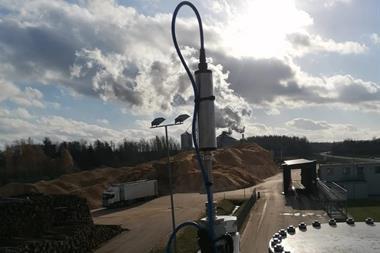


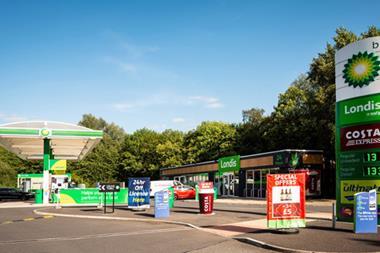
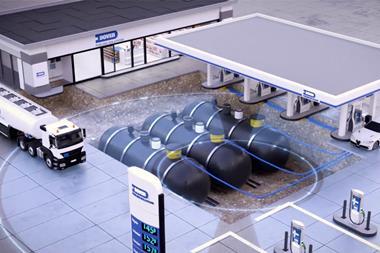
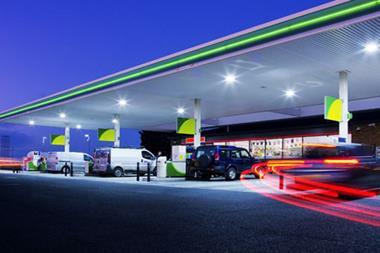
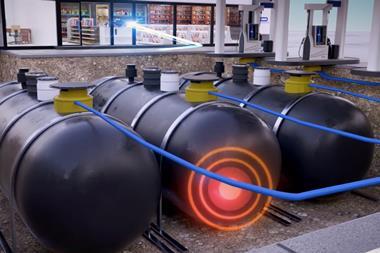


No comments yet